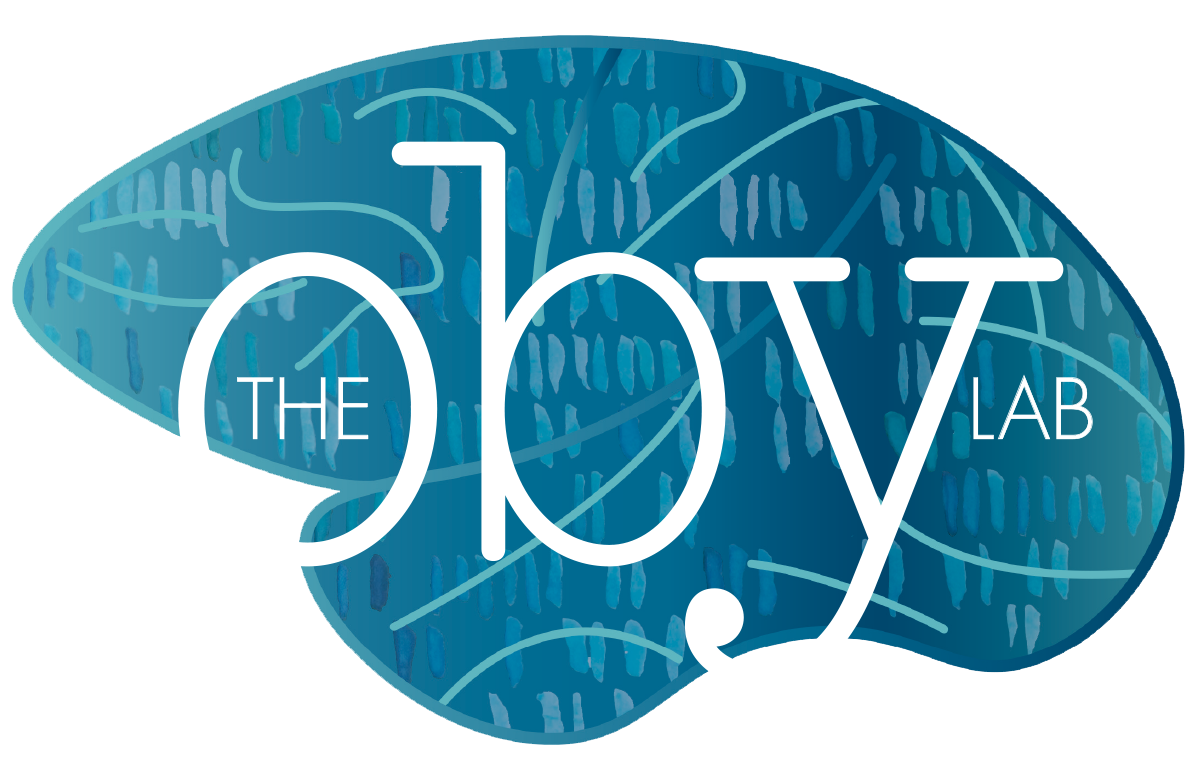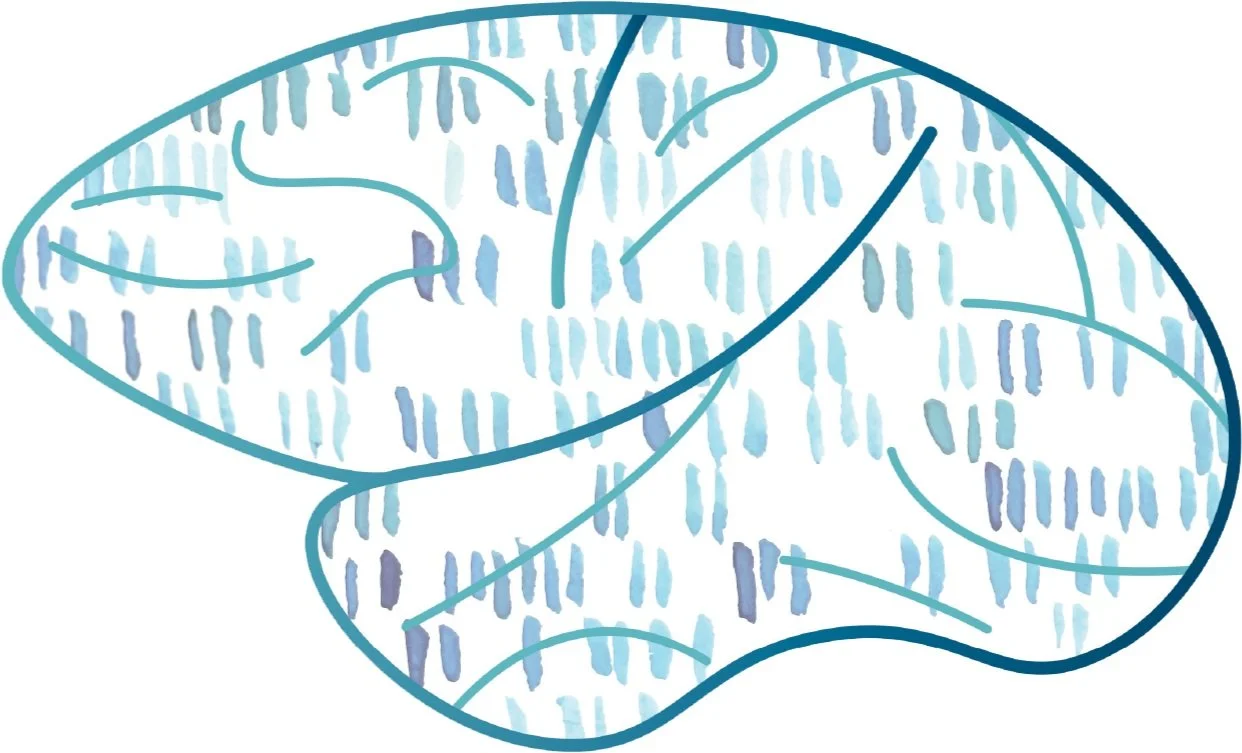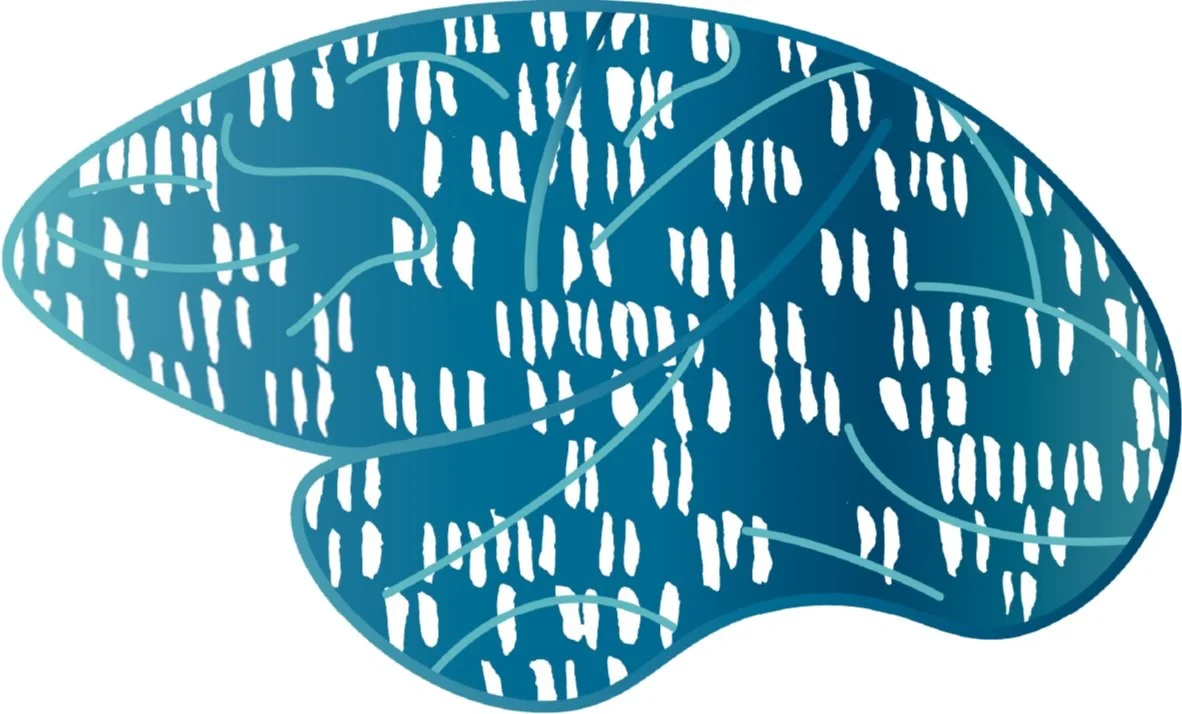Our research takes place at the intersection of motor neurophysiology, bioengineering, and machine learning. We apply dimensionality reduction methods to chronic multi-electrode neural recordings in a brain-computer interface paradigm to offer a neural population view of the brain. One branch of our research uses brain-computer interfaces to answer basic science questions about the structure and flexibility of neural population activity. A second branch of our research focuses on developing brain-computer interfaces that have the potential to restore movement to people with spinal cord injury or provide rehabilitation to people after strokes.


